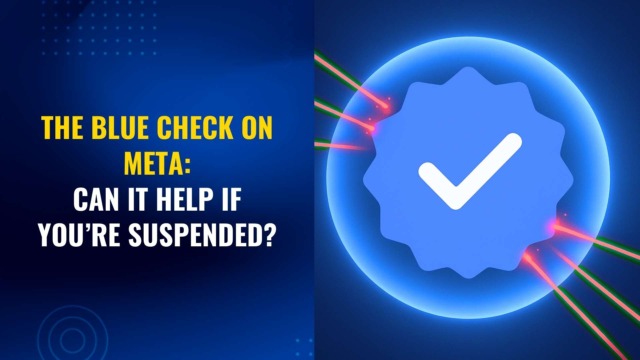
Book a FREE 15-minute consultation with an expert – Book Now
Trademark Registration vs. Amazon's Brand Registry: A Guide for Brand Owners

Understanding the Differences: Registered Trademarks vs. Brand Registry
For brand owners navigating the complexities of trademark registration and Amazon’s Brand Registry, it’s crucial to understand the distinctions and implications of each. Though related, Trademarks and Brand Registry serve different purposes and have different impacts on your ability to protect and manage your brand on the Amazon platform.
Registered Trademark: The Legal Foundation
A registered trademark is the governments’ legal acknowledgment that grants exclusive rights to the trademark owner over its mark, for a particular list of goods (products), in the particular territory in which it has been registered. For example, the process of obtaining a registered trademark through the United States Patent and Trademark Office (USPTO) is lengthy and thorough and includes an application, a review period where objections can be filed by third parties or by the USPTO itself, and finally, if successful, ends with official registration (which requires maintenance every few years). This registration provides the trademark owner with a certificate and public recognition of their exclusive rights to the trademark in the United States for the listed goods or services.
Brand Registry on Amazon: A Tool for Enhanced Content and Enforcement
Amazon’s Brand Registry, gives brand owners more control over their product listings, allowing features like enhanced content, videos, and more. It also allows the brand owners an easier form for reporting and removing Trademark infringers. However, while proof of a Trademark application is all that is required to enroll in the Brand Registry, it does not include the right to enforce and remove “infringers”. This power is solely reserved to a fully registered trademark. This distinction is crucial when dealing with infringers or unauthorized sellers.
The Implications of Incomplete Registration
A common misunderstanding among brand owners is the belief that a trademark application alone suffices for enforcing rights against others. However, true enforcement power only comes with full trademark registration. For example, while any business can apply for a trademark—even one as notable as Nike—this application does not guarantee approval and, until approved, should not be used to exert control over others using similar marks.
This distinction has practical implications on platforms like Amazon. There have been instances where sellers have faced wrongful enforcement actions based on mere trademark applications, leading to significant disruptions like loss of sales and ranking. These actions often stem from competitors misusing the system by filing false trademark complaints using only a trademark application’s serial number, against Amazon’s policies.
Navigating Challenges and Ensuring Protection
Brand owners must be vigilant and prepared to contest any wrongful enforcement actions. If faced with such a scenario, we recommend appealing the wrongful suspension, by clarifying to Amazon or other parties involved that a mere application does not warrant enforcement actions such as removal of listings. Unfortunately, since not all Amazon representatives are proficient in the basics of Trademark law, we find more often than not, an appeal alone will not suffice, and a supporting legal opinion is required to persuade Amazon.
In conclusion, understanding the difference between a registered trademark and Amazon’s Brand Registry is crucial for brand owners. While the Brand Registry is a valuable tool for protecting and enhancing your brand presence on Amazon, it does not replace the legal protections afforded by a registered Trademark. Ensuring your Trademark is fully registered is the best way to safeguard your rights and effectively manage and enforce your brand’s integrity on the marketplace.
Legal Disclaimer: The articles published on our platform are for informational purposes only and do not constitute legal advice in any form. They are not intended to be a substitute for professional legal counsel. For any legal matters, it is essential to consult with us or a qualified attorney who can provide advice tailored to your specific situation. Reliance on any information provided in these articles is solely at your own risk.
Amazon Brand Registry – Discover for Free if You’re Eligible
Increase Your Chance of Getting a
Trademark to 96%
Subscribe to Our Newsletter
Sign up to receive valuable information on E-Commerce and intellectual property

